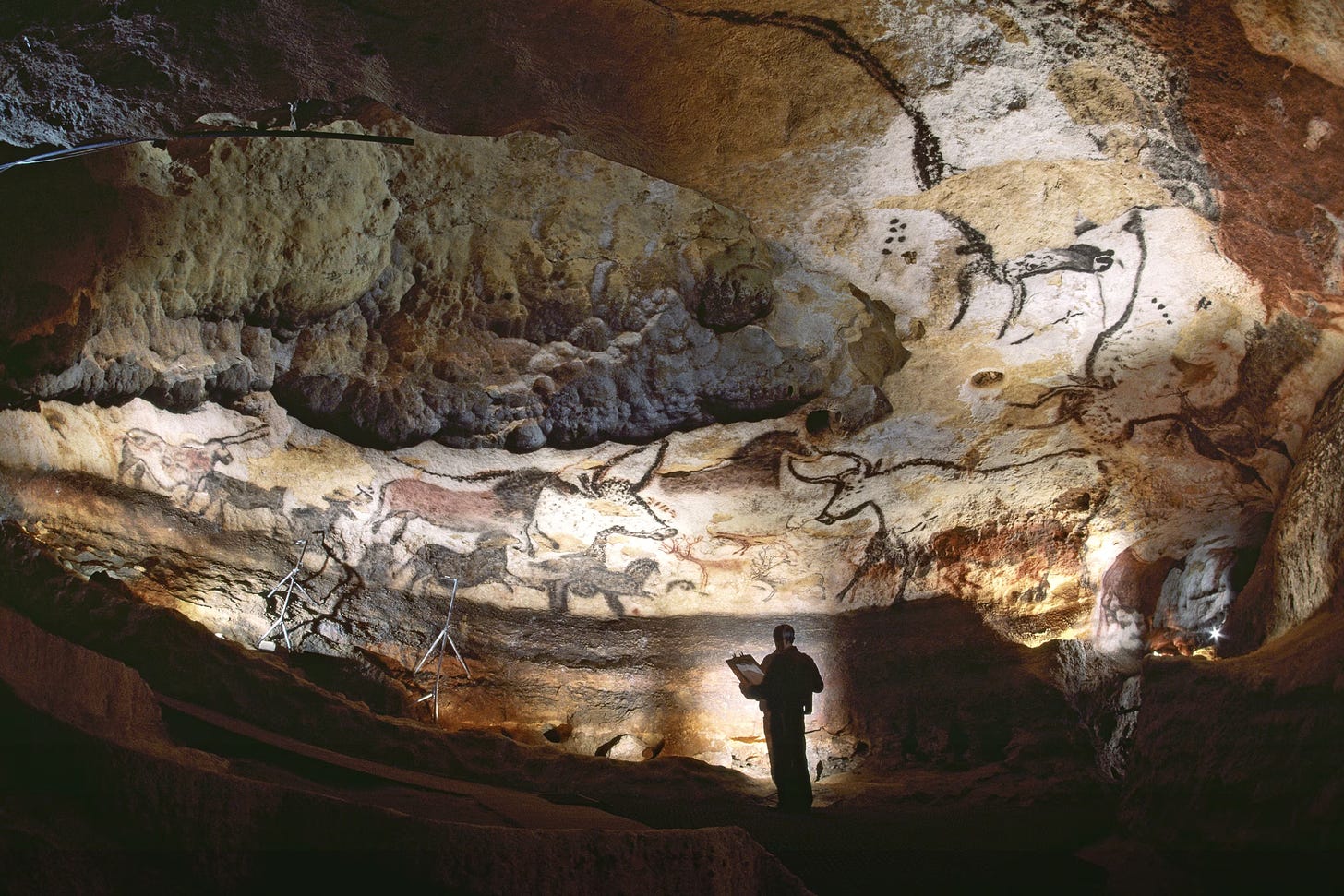The Disappearance of Europe's Hunter-Gatherers: A Mystery Unfolds
Manage episode 412335142 series 3444207
For millennia, Europe's hunter-gatherers thrived across the continent, but their enigmatic disappearance remains shrouded in mystery. While the exact reasons elude researchers, the rise of farming likely played a pivotal role in their demise.

The Enigma Unveiled: Hunter-Gatherers in Europe
Europe's ancient past echoes with the footsteps of hunter-gatherer societies that once roamed the landscape. These diverse populations, spanning different cultures and epochs, sustained themselves through hunting and gathering wild resources. Their story begins over 45,000 years ago, marked by waves of migration and adaptation to the European terrain.
Cosimo Posth, a professor of archeo- and paleogenetics at the University of Tübingen in Germany, sheds light on the coexistence of hunter-gatherers and farmers. He explains,
"Farmers started to push into Europe from the Near East, bringing domesticated animals and plants."
Despite initial overlap, a gradual shift occurred, leading to the eventual disappearance of hunter-gatherers roughly 5,000 years ago.
Genetic Echoes: Legacy of Europe's Hunter-Gatherers
While their lifestyle faded into history, the genetic legacy of Europe's hunter-gatherers endures. Posth reveals that modern Europeans retain 10% to 15% of their DNA from these ancient populations. Notably, the final wave of hunter-gatherers, originating from Italy around 14,000 years ago, left a lasting imprint on the genetic makeup of modern Europeans.
Examining ancient DNA offers intriguing insights into the physical traits of these ancient inhabitants. Blue-eyed and dark-skinned, these individuals contrasted with the lighter-skinned, dark-eyed farmers of their time. Despite genetic mingling, hunter-gatherers maintained distinct identities as farming encroached upon their territories.
The Ebb and Flow of Interaction: Hunter-Gatherers and Farmers
The dynamic interplay between hunter-gatherers and farmers paints a complex picture of societal evolution. While some hunter-gatherers assimilated into farming communities, others faced violent encounters and cultural assimilation.
Recent studies illuminate the darker aspects of this interaction. Discoveries1 such as the burial of Dragsholm Man in Denmark underscore the fusion of hunter-gatherer practices with farming lifestyles. However, evidence of violent sacrifices and conflict suggests a more turbulent relationship.
Anders Fischer2, an independent archeologist, delves into the potential clashes between these two groups.
"Late hunter-gatherers did not decide to be farmers," he notes. "Somebody decided on their behalf, and maybe they were wiped out of existence in the same process."
Unraveling the Mystery
The disappearance of Europe's hunter-gatherers remains an enigma waiting to be deciphered. As researchers delve deeper into the archaeological and genetic clues left behind, the complex tapestry of ancient European societies begins to unravel. Each discovery unveils a new layer of the past, shedding light on the intricate dance between humanity and history.
Allentoft, M. E., Sikora, M., Fischer, A., Sjögren, K.-G., Ingason, A., Macleod, R., Rosengren, A., Schulz Paulsson, B., Jørkov, M. L. S., Novosolov, M., Stenderup, J., Price, T. D., Fischer Mortensen, M., Nielsen, A. B., Ulfeldt Hede, M., Sørensen, L., Nielsen, P. O., Rasmussen, P., Jensen, T. Z. T., … Willerslev, E. (2024). 100 ancient genomes show repeated population turnovers in Neolithic Denmark. Nature, 625(7994), 329–337. https://doi.org/10.1038/s41586-023-06862-3
Fischer, A., Sjögren, K.-G., Jensen, T. Z. T., Jørkov, M. L., Lysdahl, P., Vimala, T., Refoyo-Martínez, A., Scorrano, G., Price, T. D., Gröcke, D. R., Gotfredsen, A. B., Sørensen, L., Alexandersen, V., Wåhlin, S., Stenderup, J., Bennike, O., Ingason, A., Iversen, R., Sikora, M., … Kristiansen, K. (2024). Vittrup Man–The life-history of a genetic foreigner in Neolithic Denmark. PloS One, 19(2), e0297032. https://doi.org/10.1371/journal.pone.0297032
9 episoder




